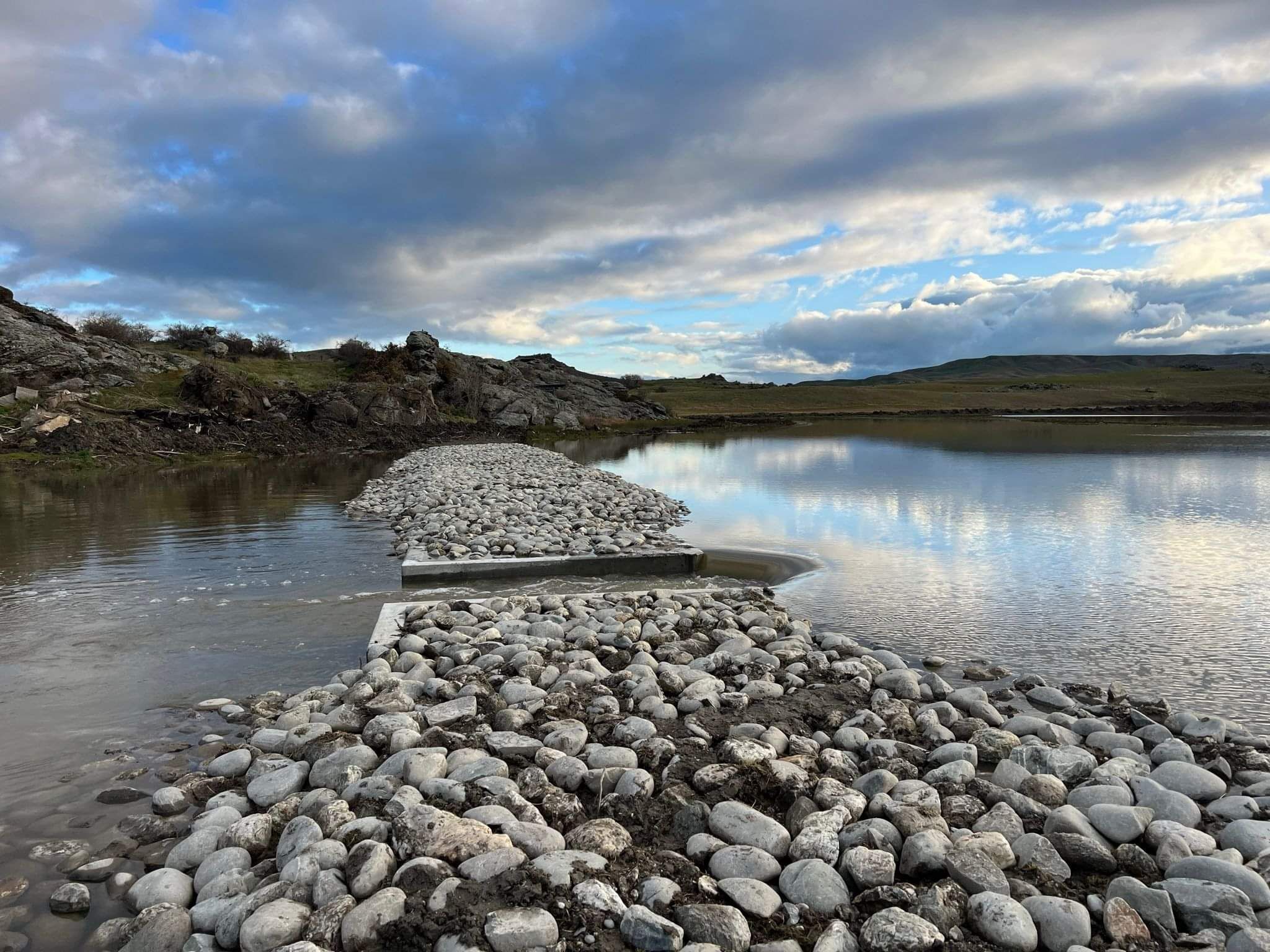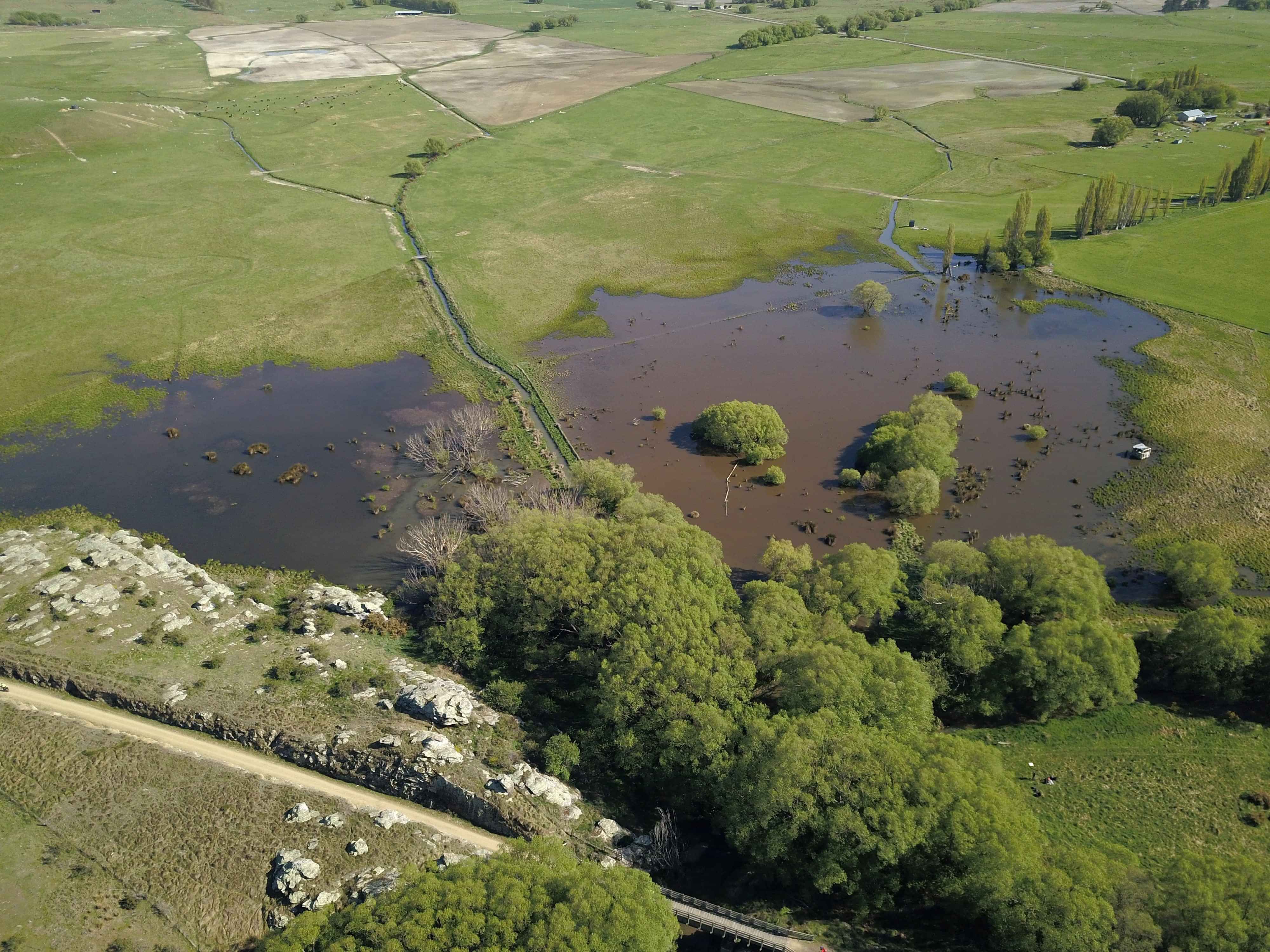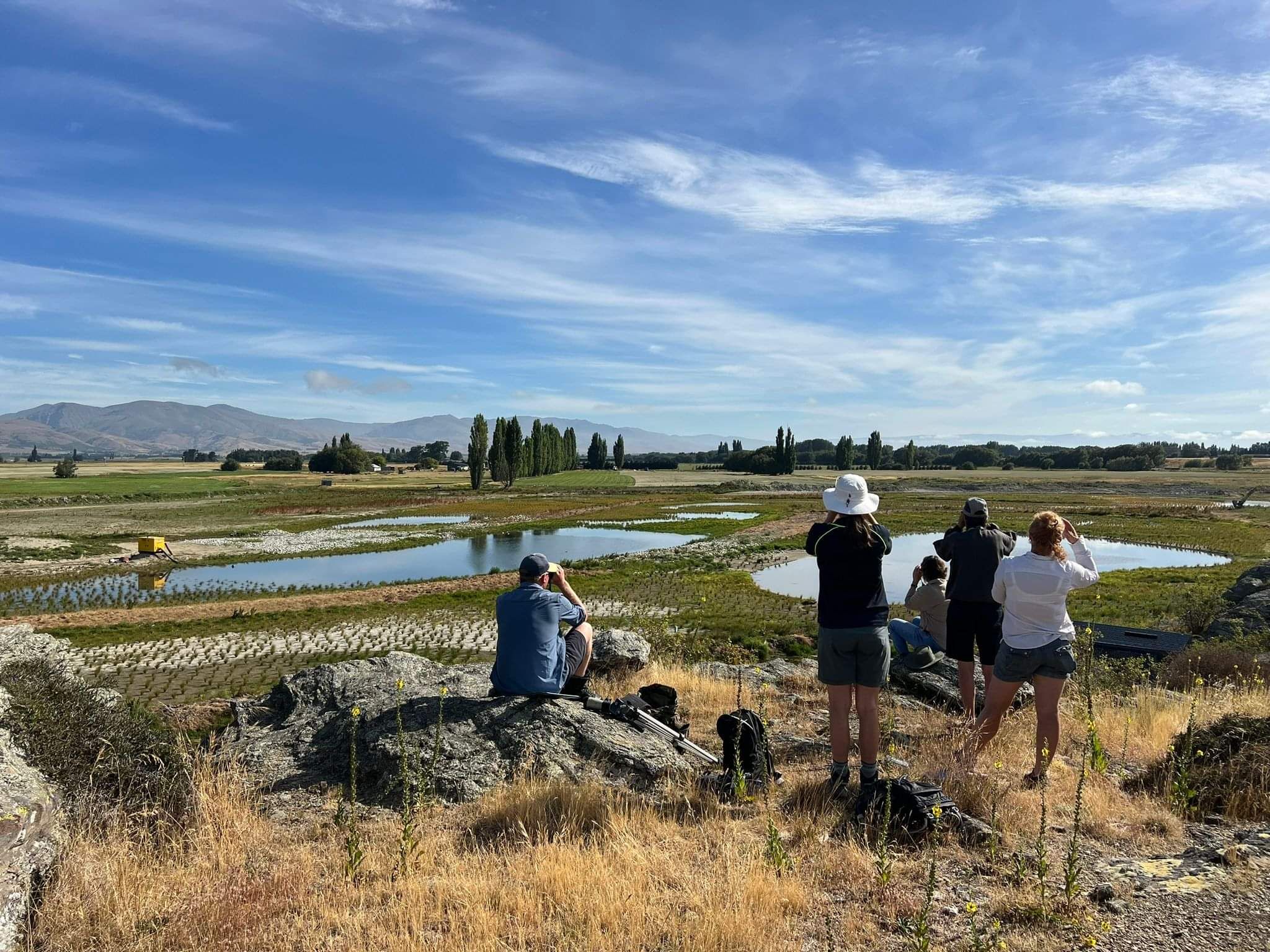Planting native species
Three nurseries in the region have been contracted to grow 45,000 carex secta seedlings for the wetland we are constructing. They are scheduled to be delivered in October when it will be all hands on deck to get them planted out.
Jo recently advised us on how and when to gather the seeds of the toe toe (Austroderia richardii), an easy wetland plant to grow, saying the right time is when birds are pecking at the seed-laden plumes. She recommends picking the whole head and popping it in a large paper bag to finish maturing. Stay tuned for further advice from Jo about germinating and nurturing native seedlings or check out our facebook page for advice.

Fencing
Fencing off waterways and areas planted out with native species is another of the Thomsons Catchment Project’s major commitments.
In the past decade, more dairy farmers in the catchment and nationally have fenced waterways to keep out stock. Now all farmers – sheep, beef and more – are well underway fencing creeks and streams on their land.
Excluding stock greatly assists to enhance water quality, reduces erosion of the stream margins and the sediment that goes with it and allows riparian vegetation – planted and naturally occurring – to flourish.

Fish Barriers
These will protect the biodiversity on Thomsons Creek by keeping out invasive fish species, such as trout and perch, the native fish species that make the waterway home will be protected and can thrive. Amongst them is the Central Otago roundhead galaxias, one of New Zealand’s most endangered fish species.
The first one is being installed in the section of the waterway that passes through the Williams family farm.
Three local companies are working with us on this initiative. Brendan Sheehan from Mt Aurum engineering consultants designed the barrier and is overseeing the works, Breen Construction has built the barriers, including the off-site pre-fabrication of some of the concrete parts, while Central Excavating has prepared the site and is installing them.
Part of our commitment is to encourage people in our community to grow native trees, shrubs and grasses from locally sourced seeds. Our plant's guru Jo Wakelin, of Koinga consulting, is always ready to share her knowledge about native plants and what suits our catchment.
Constructed wetland
We are in the process of establishing a new wetland that will help capture sediment and reduce nutrients flowing into Thomsons Creek.
Following two years of discussions, design and consenting, the preparation of the site got underway with some artificial duck ponds being drained and the removal of old crack willow as well as gravel build-up. After being surveyed, the site has now been excavated with a meander that is nearly a kilometre in length, ensuring water will move slowly into the wetland area.
The next steps include the all-important planting of native species with the aim that the end result will be one our community will be rightly proud of – a thriving wetland habitat with bird and aquatic life and native plantings that cleans the water flowing through it, trapping sediment and filtering out nutrients, returning nitrogen to the atmosphere.
With the wetland site being close to our section of the Otago Central Rail Trail, which each year attracts thousands of cyclists plus walkers and horse riders, we are working with the Department of Conservation to provide a short detour off the trail to visitors to view it. Appropriate signage will be installed to tell the story of our wetland and the reasons for constructing it.


Wanting to lend
a hand?

